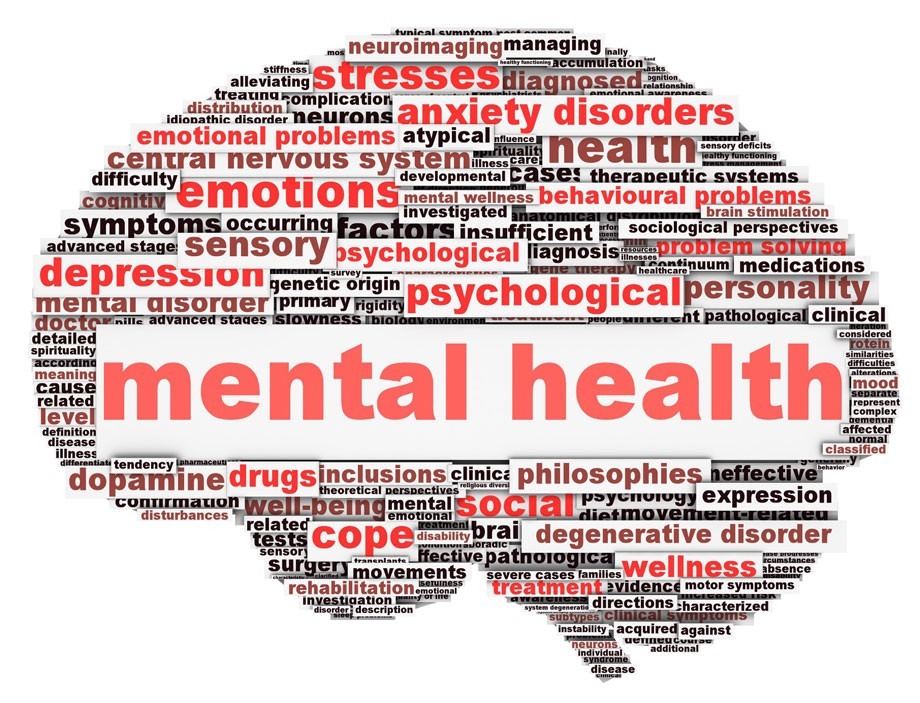
Social isolation is a growing concern that affects millions of people worldwide. It is a complex issue that can have severe consequences on both mental and physical health. In this article, we will explore the causes, effects, and solutions to social isolation, and discuss the importance of addressing this issue.
The Prevalence of Social Isolation
Social isolation is a widespread problem that affects people of all ages, backgrounds, and socioeconomic statuses. According to recent studies, approximately 47% of adults in the United States report feeling alone, with 27% reporting feeling isolated. This is a alarming trend that has significant implications for public health.
The Mental Health Consequences of Social Isolation
Social isolation can have a profound impact on mental health, increasing the risk of depression, anxiety, and other mental health disorders. Research has shown that social isolation can lead to a decline in cognitive function, including memory and attention.
Furthermore, social isolation can also lead to an increase in symptoms of post-traumatic stress disorder (PTSD), including flashbacks, nightmares, and avoidance of triggers.
The Physical Health Consequences of Social Isolation
Social isolation can also have a significant impact on physical health, increasing the risk of chronic diseases such as heart disease, diabetes, and obesity. Studies have shown that social isolation can lead to an increase in blood pressure, body mass index (BMI), and waist circumference. Furthermore, social isolation can also lead to a decline in immune function, making us more susceptible to illnesses.
The Causes of Social Isolation
There are many factors that contribute to social isolation, including:
- The Digital Age: While technology has made it easier to connect with others, it has also contributed to social isolation. Excessive use of social media, for example, can lead to a decline in face-to-face interactions and a sense of community.
- Urbanization: The rise of urbanization has led to a decline in community and social connections. In cities, people are more likely to live alone and have fewer social connections.
- Changing Social Norms: Changing social norms, such as the decline of traditional family structures and the rise of single-person households, have also contributed to social isolation.
- Mental Health: Mental health problems, such as depression and anxiety, can also contribute to social isolation.
Breaking the Cycle of Social Isolation
There are many ways to address social isolation, including:
- Joining a Community Group: Joining a community group, such as a sports team or book club, can help to increase social connections and a sense of community.
- Volunteering: Volunteering can help to increase social connections and a sense of purpose.
- Using Technology to Connect with Others: While technology can contribute to social isolation, it can also be used to connect with others. Video conferencing, for example, can help to increase social connections and reduce feelings of loneliness.
- Seeking Professional Help: If social isolation is affecting our mental or physical health,
seeking professional help is essential. A mental health professional can help to address underlying mental health problems and develop strategies to increase social connections.
Conclusion
Social isolation is a complex issue that requires a comprehensive approach to address. By understanding the causes, effects, and solutions to social isolation, we can work towards creating a more connected and supportive community. It is essential to recognize the importance of social connections and to take steps to address social isolation, both at the individual and societal levels.
The author is working as teacher in the department of education and can be mailed at darsaimahamid@gmail.com





